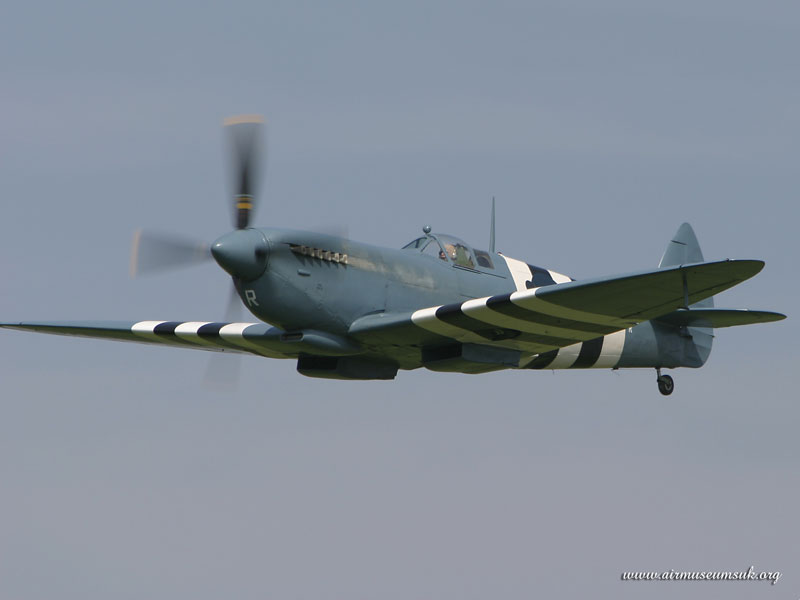Flightdeck Friday: Time Passages
 One week, several decades and many milestones – some significant, some quite obscure. A look at the week of July 13-19 and Naval Aviation across the decades:
One week, several decades and many milestones – some significant, some quite obscure. A look at the week of July 13-19 and Naval Aviation across the decades:
14 July 1940 — The initial meeting of what became the National Defense Research Committee’s Division 14, or Radar Division, was attended by Alfred L. Loomis, Ralph Bowen, E. L. Bowles and Hugh H. Willis. In this and subsequent meetings with other scientists, this group defined its mission as “to obtain the most effective military application of microwaves in minimum time.” In carrying out this mission, Division 14 developed airborne radar used in the Navy for aircraft interception, airborne early warning and other more specialized applications.
18 July 1941— Commander J. V. Carney, Senior Support Force Staff Officer, reported that British type ASV radar has been installed in one PBY-5 each of VP-71, VP-72, and VP-73 and two PBM-1’s of VP-74. Initial installation of identification equipment (IFF) was made about the same time. In mid-September radar was issued for five additional PBM-1’s of VP-74 and one PBY-5 of VP-71, and shortly thereafter for other aircraft in Patrol Wing 7 squadrons. Thereby the Wing became the first operational unit of the U.S. Navy to be supplied with radar-equipped aircraft. Its squadrons operated from Norfolk, Quonset Point and advanced bases on Greenland, Newfoundland and Iceland during the last months of the neutrality patrol.
19 July 1943–The Naval Aircraft Factory was authorized to develop the Gorgon, an aerial ram or air-to-air missile powered by a turbojet engine and equipped with radio controls and a homing device. The Gorgon was later expanded into a broad program embracing turbojet, ramjet, pulsejet, and rocket power; straight wing, swept wing, and canard (tail first) air frames; and visual, television, heat-homing, and three types of radar guidance for use as air-to-air, air-to-surface and surface-to-surface guided missiles and as target drones. Two year later, almost to the day, Captain R. S. Barnaby, commanding the Johnsville Naval Aircraft Modification Unit, reported that the LBD-1, or Gargoyle, air-to-surface missile, in a series of 14 test flights including two at service weight, had made five satisfactory runs, thereby demonstrating that it was potentially capable of carrying out its mission. (note – and on 9 July 1947, A Gorgon IV (PTV-2), powered by a subsonic ram-jet engine was air-launched from a P-61C and made a 28 second free flight at the Naval Air Missile Test Center, Point Mugu)
15 July 1949— Douglas pilots flying an XF3D-1 completed an initial flight evaluation of the low drag external store shape at Muroc Air Force Base. Carrying two of these shapes, the aircraft had a top speed of 51 knots greater than when carrying two conventional 2,000-pound bombs and 22 knots greater than with two 150-gallon external fuel tanks.
14 July 1952 — The keel of Forrestal, first of the 59,900-ton aircraft carriers, was laid at the Newport News Shipbuilding and Drydock Company, Newport News, Va.
15 July 1953 — The submarine Tunny (SSG 284) launched a Regulus missile off Naval Air Missile Test Center. This, the first submarine launching of a Regulus, was completed with a simulated attack after which the missile was successfully recovered on San Nicolas Island.
14 July 1955— The Martin P6M Seamaster, a swept-wing seaplane powered with four J-71 jet engines and incorporating a new hull design, made its first flight. Designed for minelaying and reconnaissance tasks, and adaptable to other missions, this plane initially demonstrated great promise for the offensive potential of the operating forces.
14 July 1956 — In the initial overseas deployment of a Sidewinder missile unit, VA-46, equipped with F9F-8’s, departed from Norfolk on the Randolph for operations with the Sixth Fleet in the Mediterranean. Deployment of the Sidewinder was extended to the Western Pacific the following month as VF-211, equipped with FJ-3’s, departed the west coast on Bon Homme Richard for operations with the Seventh Fleet.
16 July 1957 — An F8U-1P Crusader (bureau number 144608), piloted by Major J. H. Glenn, Jr., USMC, broke the transcontinental speed record with a crossing from Los Alamitos, Calif., to Floyd Bennett Field, N.Y. in 3 hours 22 minutes 50.05 seconds for an average speed of 723.517 m.p.h. This was the first upper atmosphere supersonic flight from the west coast to the east coast. Two A3D Skywarriors, on a routine flight to join VAH-2 at Barbers Point, made the Pacific flight from Moffett Field to Honolulu in the record time of 4 hours 45 minutes.
13 July 1959–The Chief of Naval Operations, in promulgating the report of the Ad Hoc Committee on Astronautics (Connolly Board), approved its policy recommendations and enunciated organizational responsibilities in the Office of the Chief of Naval Operations. Essentials of the policy were that the Navy would use space to accomplish naval objectives, that it would participate fully in space technology and that astronautics would have high priority in overall research and development.
14 July 1959— A two-stage Nike-Asp solid-propellant rocket fired from Naval Missile Facility, Point Arguello, was the first of 12 designed to record radiation 150 miles up and also the first ballistic missile fired from the new facility.
15 July 1959 — The Aviation Safety Division of DCNO (Air) was changed to a staff office, headed by a Coordinator, to act as principal advisor to DCNO (Air) in all matters of air safety and to coordinate the planning and implementation of aviation safety programs throughout the Navy.
19 July 1966 — The Chief of Naval Operations established the LHA program to bring into being a new concept of an amphibious assault ship. Plans developed through preliminary study envisioned a large multipurpose ship with a flight deck for helicopters, a wet boat well for landing craft, a troop carrying capacity of an LPH and a cargo capacity nearly that of an AKA.
Â

